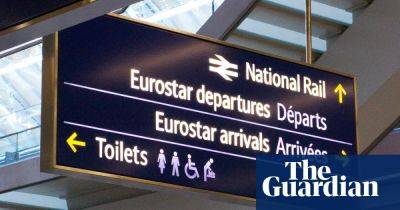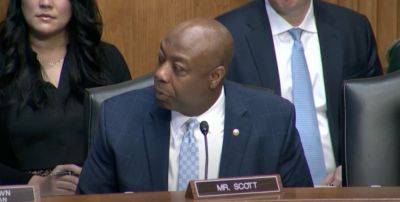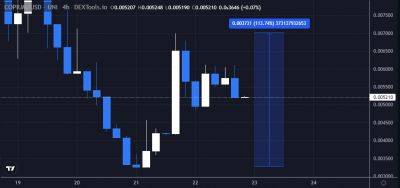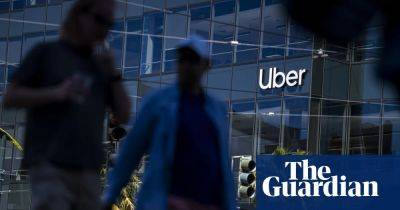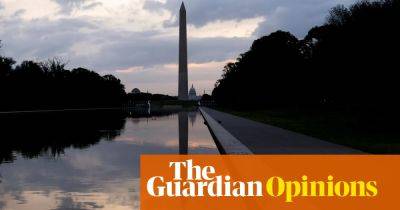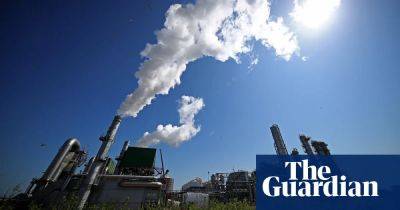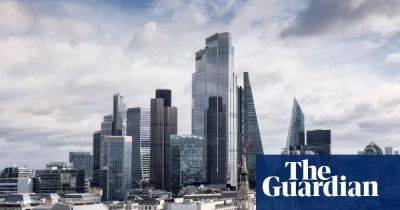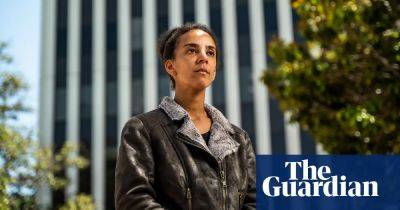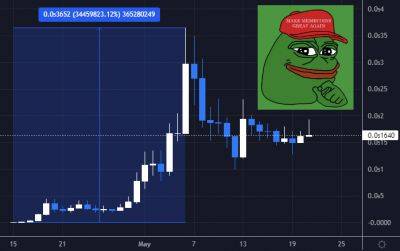Noise, pollution, danger: how Amazon warehouses upended a sleepy New York neighborhood
On a drizzly Friday night, Rosana Zapata was mapping out a changing neighborhood.
Using Sharpie and pencil, the 18-year-old sketched her world on printer paper: a street intersection, a small parking lot, a lit-up sign for fried chicken. “I have a lot of memories there,” Zapata told a small group of young artists seated at school desks, who had each drawn their own favorite neighborhood spots.
These treasured locations stand against an increasingly difficult-to-ignore backdrop: truck traffic, driven partly by an e-commerce boom.
In the last decade, Red Hook – a Brooklyn neighborhood whose waterfront faces the upper New York harbor – has undergone cataclysmic flooding from Hurricane Sandy as well as years of construction in the neighborhood’s large public housing complex, the Red Hook Houses. Now, residents face a sudden buildup of last-mile warehouse facilities.
Since late 2021, Amazon has opened two facilities in the neighborhood, and it’s set to open a third later this year. Together, the three structures willcomprise more than 800,000 sq feet of warehousing space and parking, with one facility’s 90-foot walls casting shadows across a community garden.
Each new operation sends more vehicles down Red Hook’s narrow streets. Zapata worries about the increase oftrucks and vans, especially when they roll by the school her younger brother attends. “That’s very dangerous,” she said. “Kids play around; kids are gonna be kids. We don’t want anyone to get hurt.” And she has noticed an uptick in traffic at the intersection she drew – where Wolcott and Dwight streets meet, right by the public library.
“Red Hook can be like a second family – even a first family,” she said. “But this community is changing a lot. It’s very, very hectic –
Read more on theguardian.com


